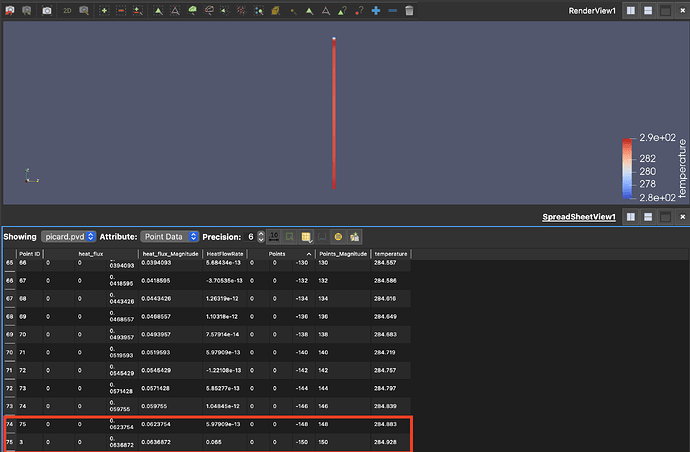Dear OGS-Community,
I want to simulate the temperature distribution in the subsurface at different horizontal heights, to get the undisturbed temperature field. For this problem a line in vertical direction should be enough. So I define a temperature curve as Dirichlet BC for the top point and a terrestrial heat flux for the bottom point as Neumann BC. The simulation runs, but the results look not as expected. I want the heat flux only in the z-direction, but it seems that the heat flux go away to the x- and y- direction. Is it possible, to define that the x- and y- component of the heat flux should be zero at every point?
Another way to solve the problem is the usage of a large domain with 2D axially_symmetric mesh, but this is not so elegant and computationally fast as solving only on a line.
The input data for the line example can be download here: GigaMove
Best regards,
Max
